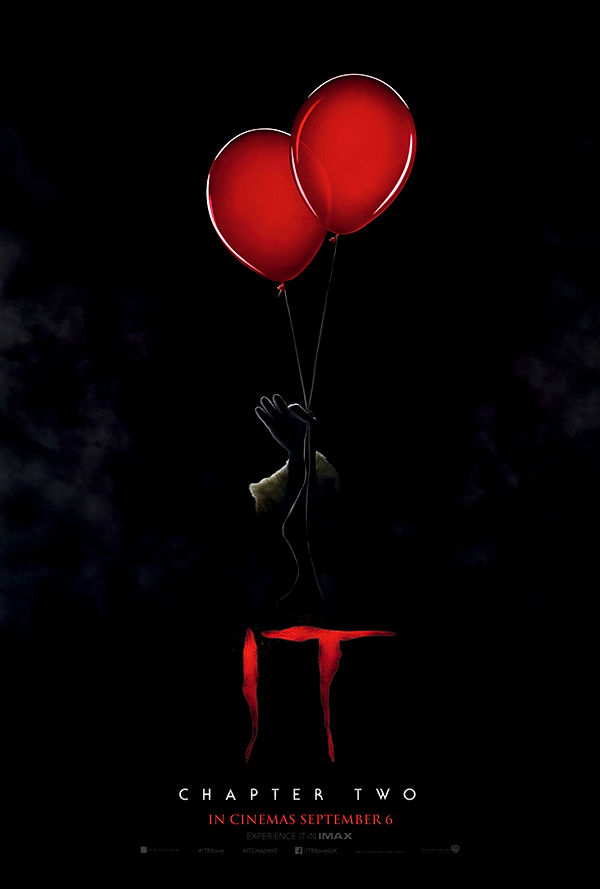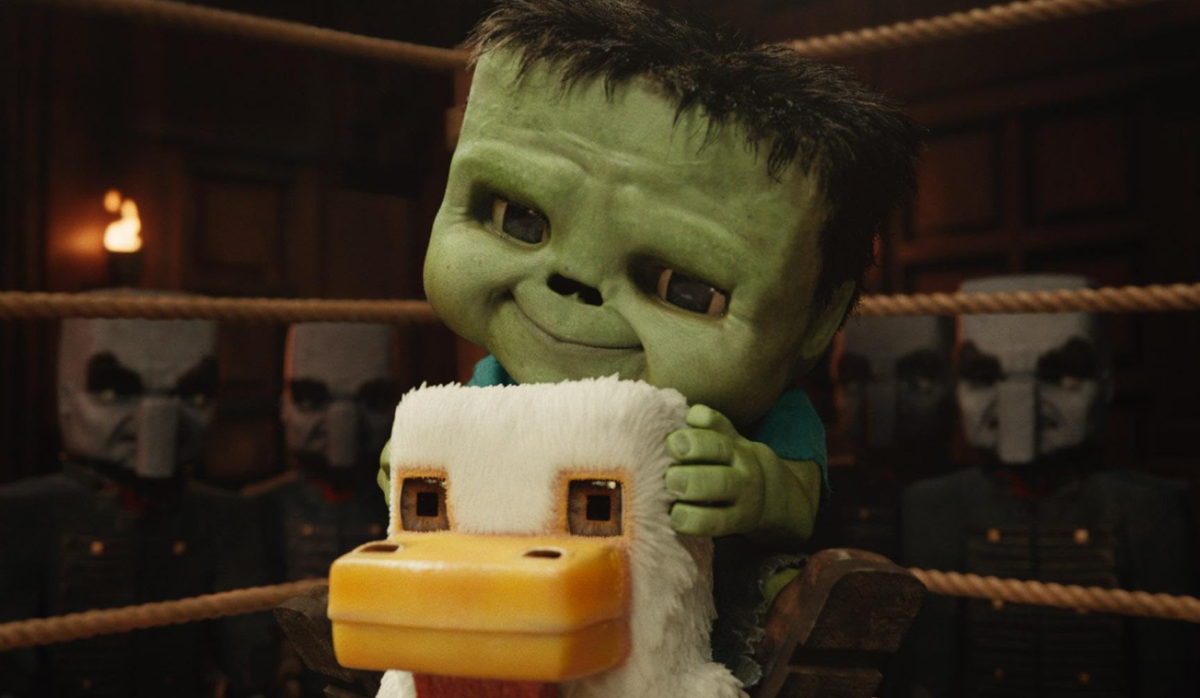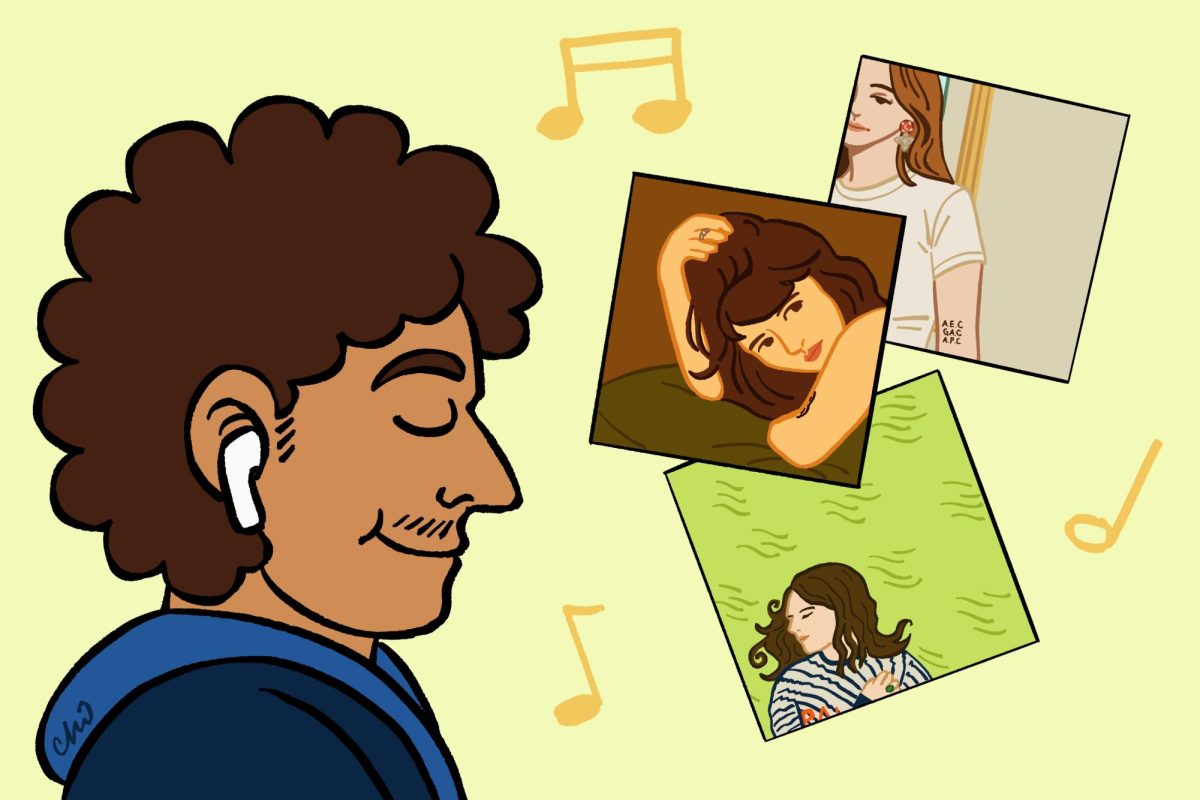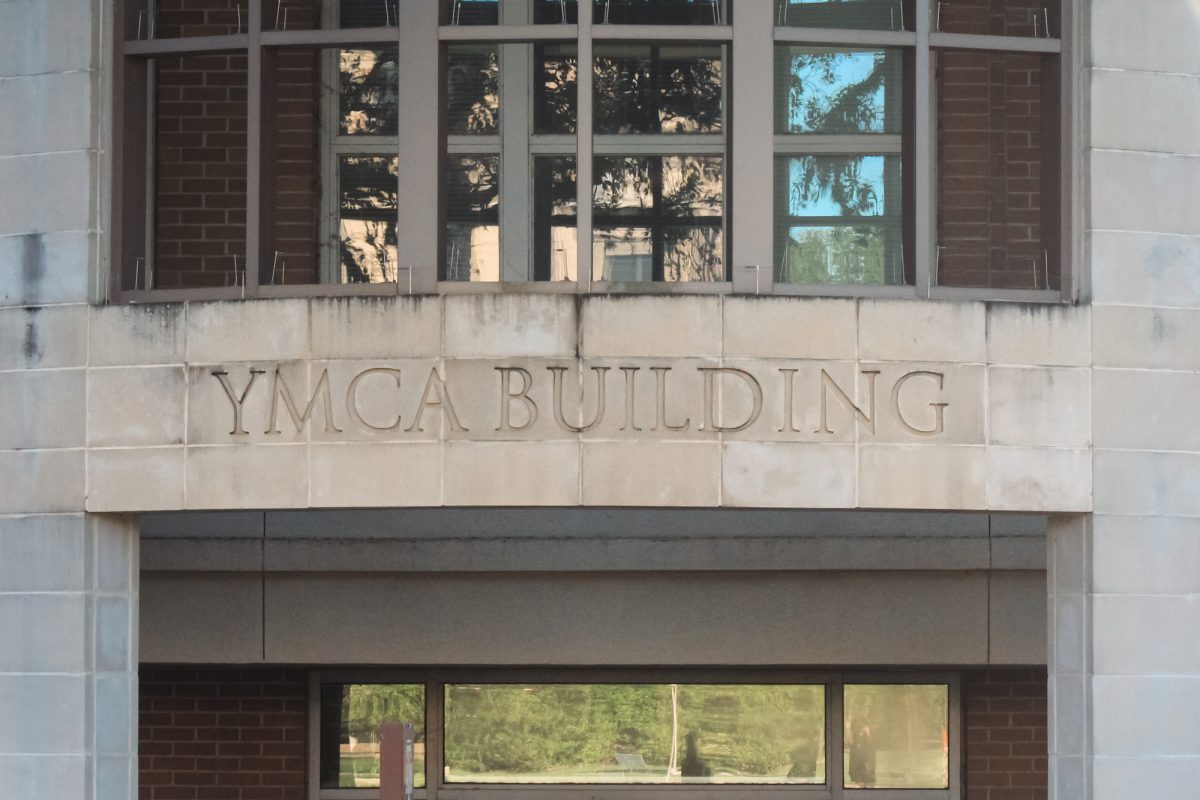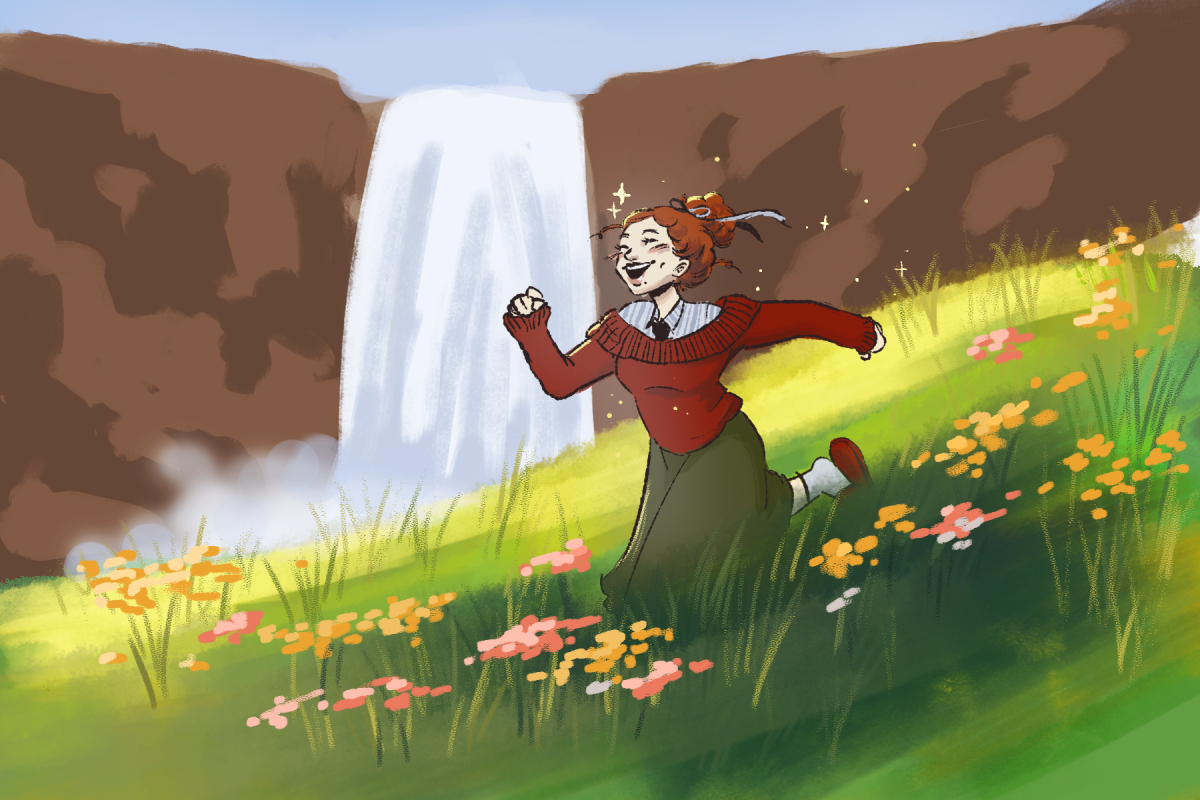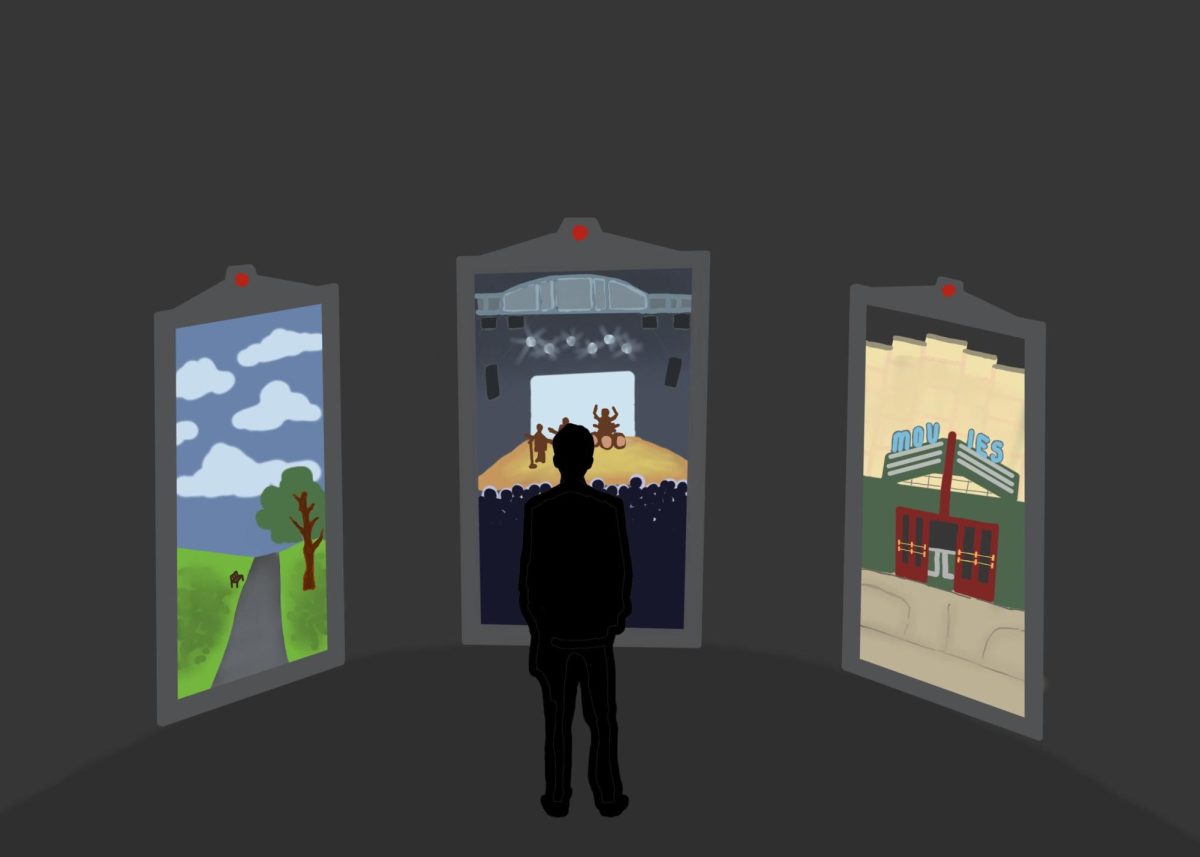In September 2017, Andy Muschietti’s horror film, “It,” was propelled by an enormous amount of hype stemming not only from the adaptation of a popular Stephen King novel, but a time-period shift presumably preying on the nostalgic appeal of Netflix’s cultural phenomenon “Stranger Things.” These factors, alongside what turned out to be a knockout cast and a genuinely fresh-thinking script, resulted in unrivaled box office success.
Two years later, “It Chapter Two” overstays its welcome with a runtime and a script that flatlines the dynamic roster from the first film. From the jump, Muschietti takes just a bit too much time reacquainting us with the members of the “Loser’s Club,” who are now 27 years older with a spread of careers that have taken them across the country. Sure, this is an entirely new cast of actors, but one has to wonder if we needed this much brick-laying for a gang of heroes that has essentially been boiled down to their single memorable quality Beverly’s history of abuse, Eddie’s hypochondria or Ben’s fitness.
The organic cohesion between the children of the first film — particularly Finn Wolfhard’s Richie Tozer and Jack Dylan Grazer’s Eddie Kaspbrak — has been gutted for odd stabs at humor and an irritating rush of dialogue that more resembles a pack of rabid dogs let off the leash than an emulation of human interaction. James Ransone’s adult Eddie in particular seems to read his dialogue as if it were in all caps, constantly shouting before the action of the film had even begun. The line “this is not funny” is repeated ad nauseam in the first act, and despite Bill Hader’s natural inclination to comedy, I found myself chanting the same thing internally as I watched a group of adult men yelling what seemed as improvised dialogue over each other at the slightest provocation.
With the excellent framework of Bill Skarsgård’s horrifying portrayal of Pennywise and the effectively claustrophobic small-town setting, this could all have been glossed over for a decent horror film with a few memorable scares and a satisfying conclusion. Unfortunately, the imaginatively informed tone and unsettling setpieces of the first film have been replaced with a more conventional dishing out of bait-and-switch jumpscares and monster mashes, almost none of which offer more than fleeting moments of disturbia to drown out the sea of levity that Muschietti’s cast is so desperate to deliver.
Take the projector scene from the first movie: a scene set up with no obvious tells and no hobbling foreshadowing quickly becomes one of the more captivating horror moments of 2017 as Pennywise hijacks a projector and slowly manifests through the screen. Take, for instance, the image of a grotesquely contorted Pennywise unfolding from a refrigerator, a slow-crawling half minute of special effect magic that deadbolts your attention onto the screen. In contrast, take the daylit haunting of the film’s adult Richie Tozer by a metallic statue of John Bunyan, which, despite being a faithful adaptation from the book, is a far cry from being a memorable scare.
Where the “It” sequel excels is in its small moments. One example is the story beginning with what is essentially a cold open featuring Xavier Dolan and Taylor Frey as a gay couple at a dock carnival. In their limited amount of screentime, the two manage to deliver an authentic and convincing tragedy that stands alone from the overall plot of the film, while fitting snugly into its mythos. Similarly, James McAvoy deftly takes the reins of his character whenever afforded the privilege of separation from the ball-and-chain cast drowning out his performance. Of particular note is the running theme of his failure to be there in time for others — first with the catalytic death of his brother in the first film, and echoed again here with a young boy from Derry. McAvoy, as can be expected of an actor of his caliber, gives the audience every nuance and tone of these emotions.
In the end, what the movie lacks is subtlety. At two hours and fifty minutes, the film leaves absolutely nothing to the imagination, and the final product suffers for it. From Hader and Ransone’s attack-dog delivery of comedy, to the watered-down scares, to the shallow depth of the final act, this is simply not a satiating revisit to the town of Derry we met in 2017.
‘It Chapter Two:’ Not just a clown, but the whole circus
September 19, 2019
Photo by Creative Commons
It Chapter 2 Poster
0
Donate to The Battalion
$2790
$5000
Contributed
Our Goal
Your donation will support the student journalists of Texas A&M University - College Station. Your contribution will allow us to purchase equipment and cover our annual website hosting costs, in addition to paying freelance staffers for their work, travel costs for coverage and more!
More to Discover




